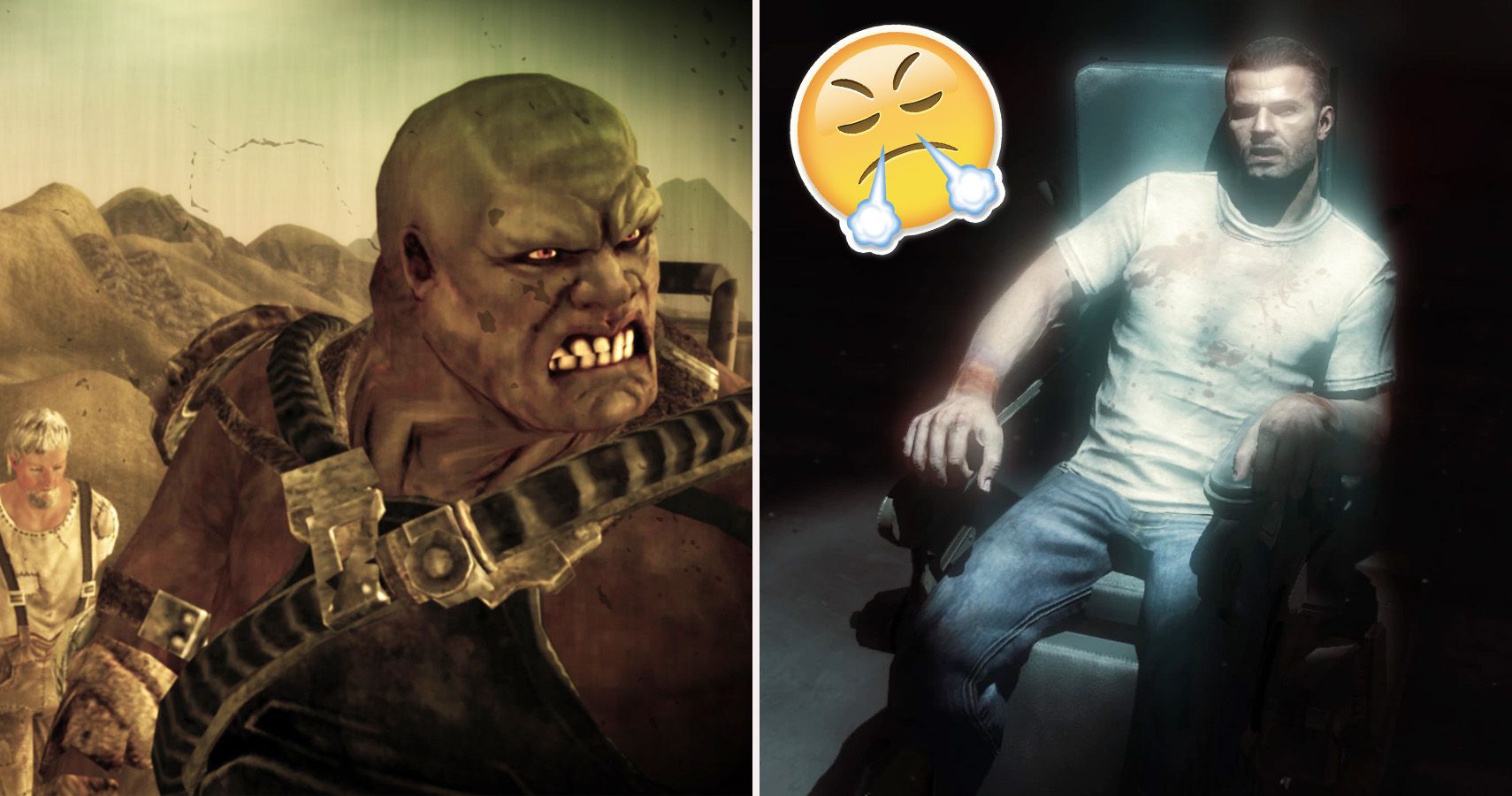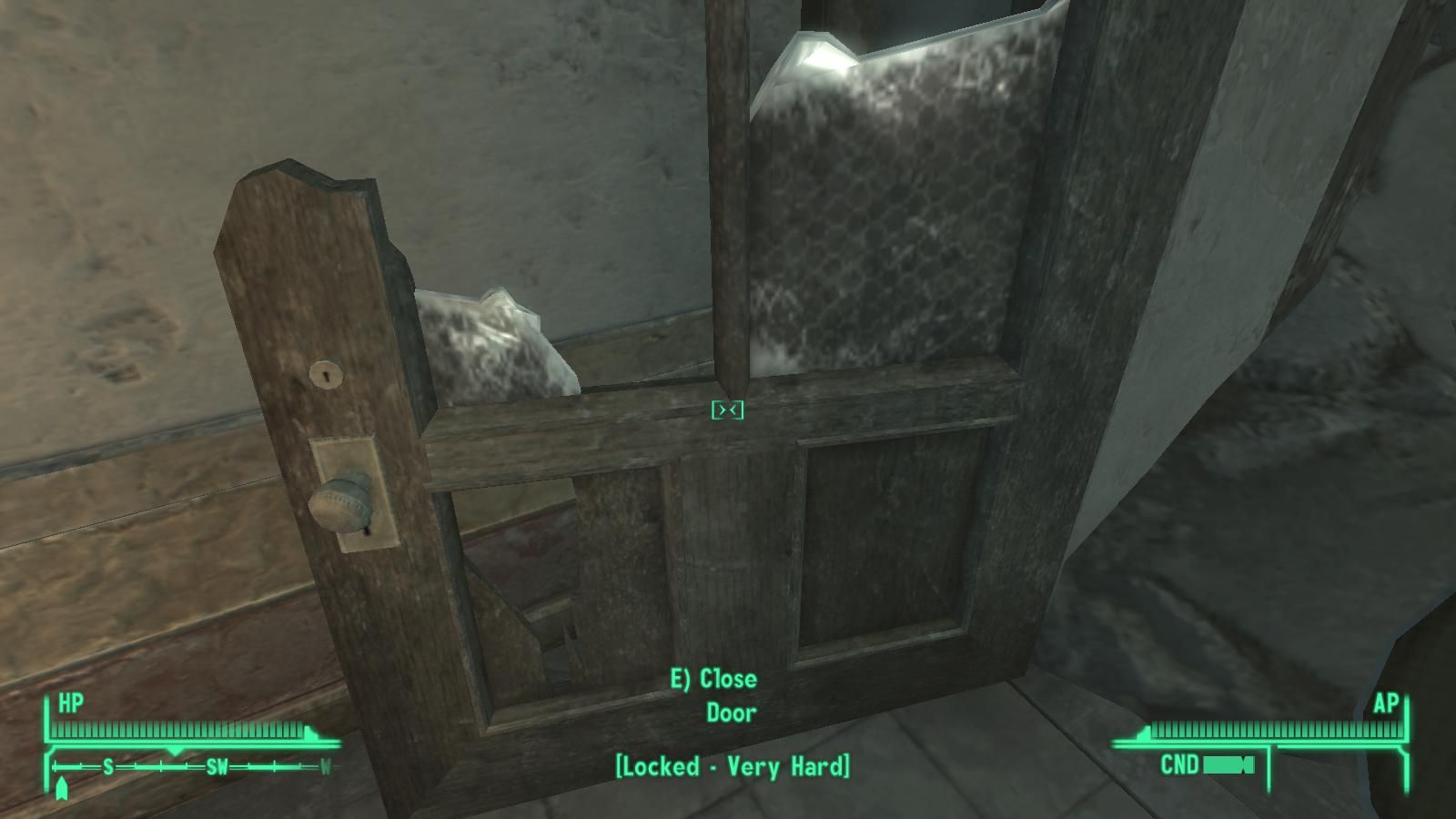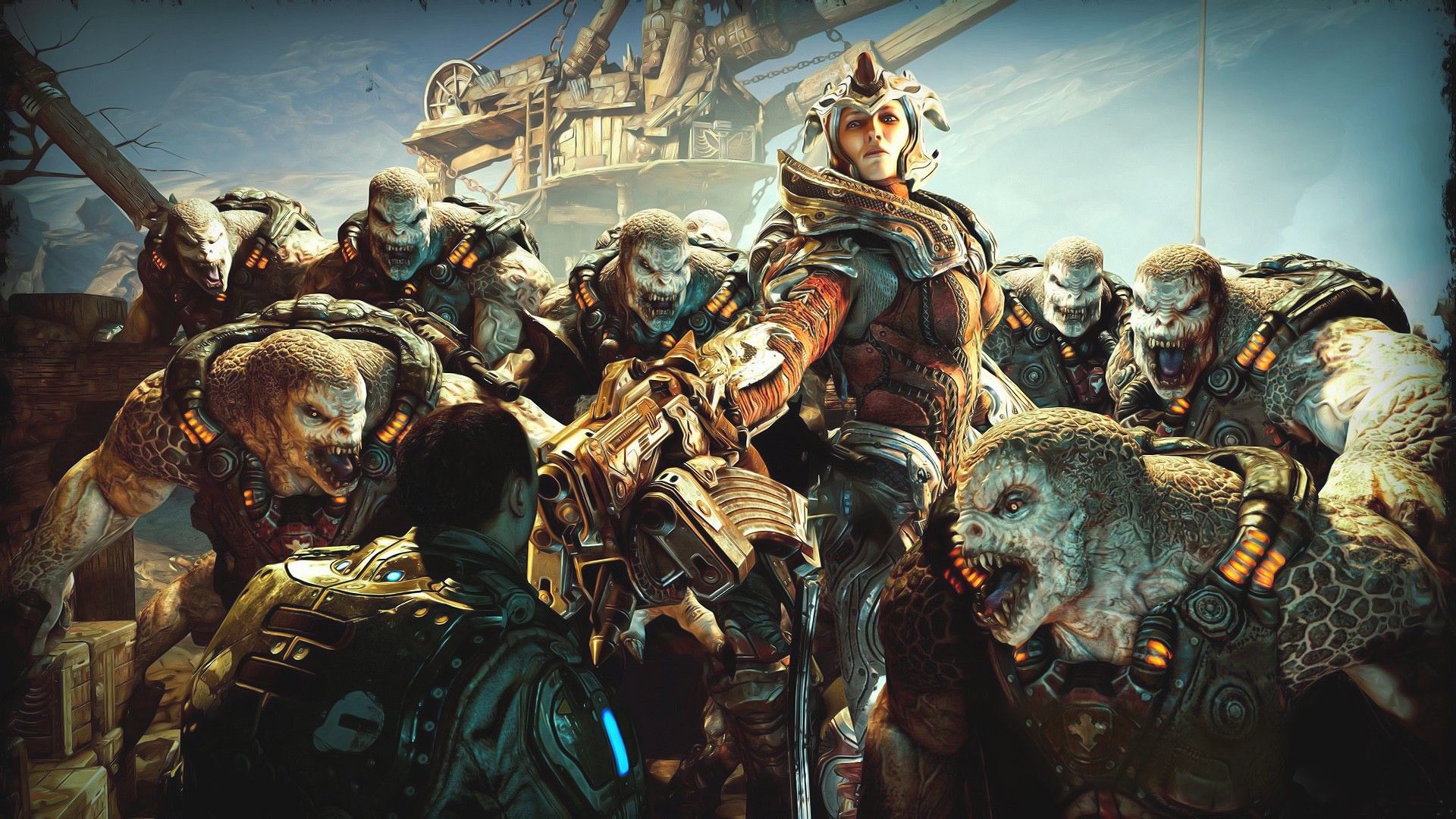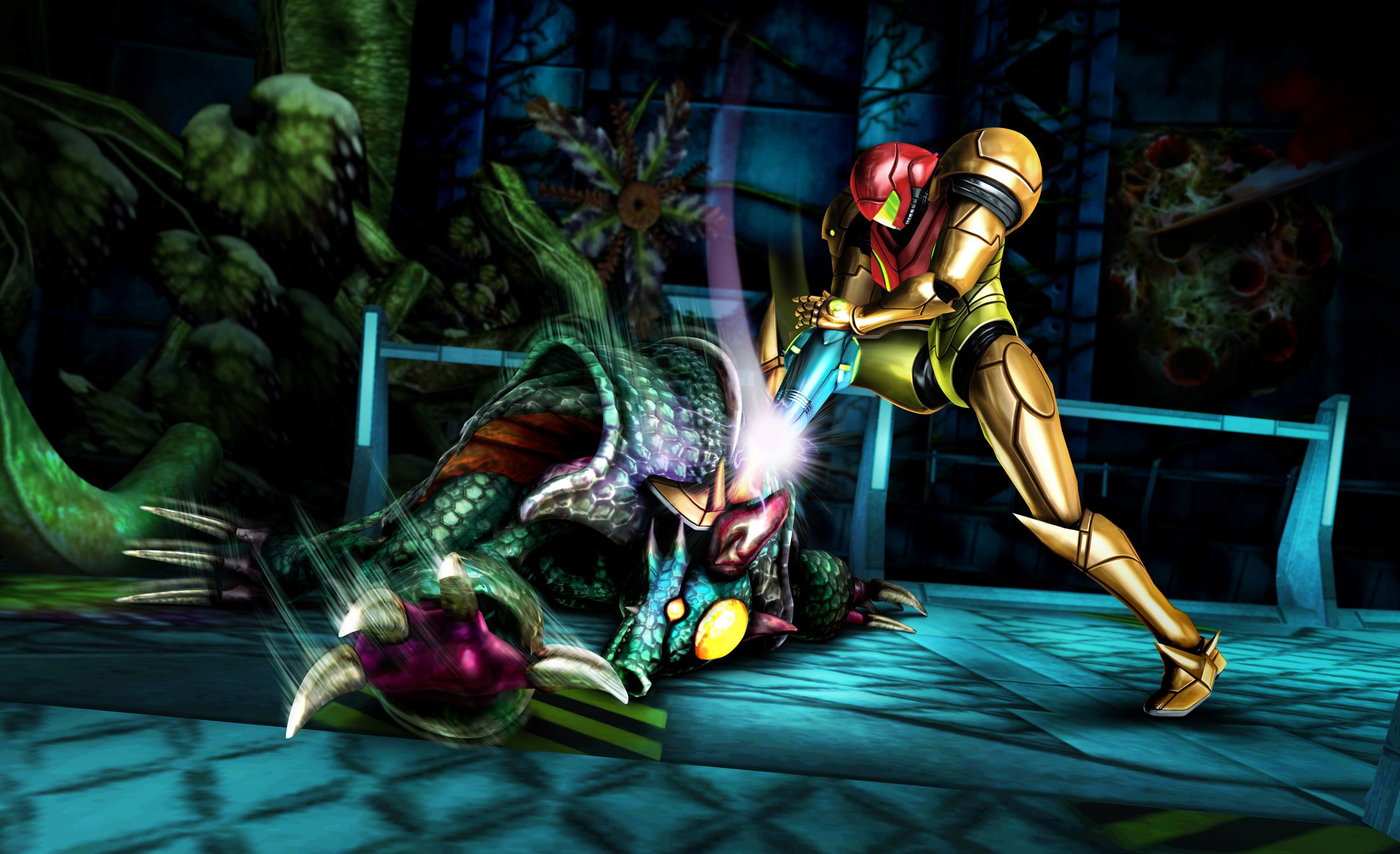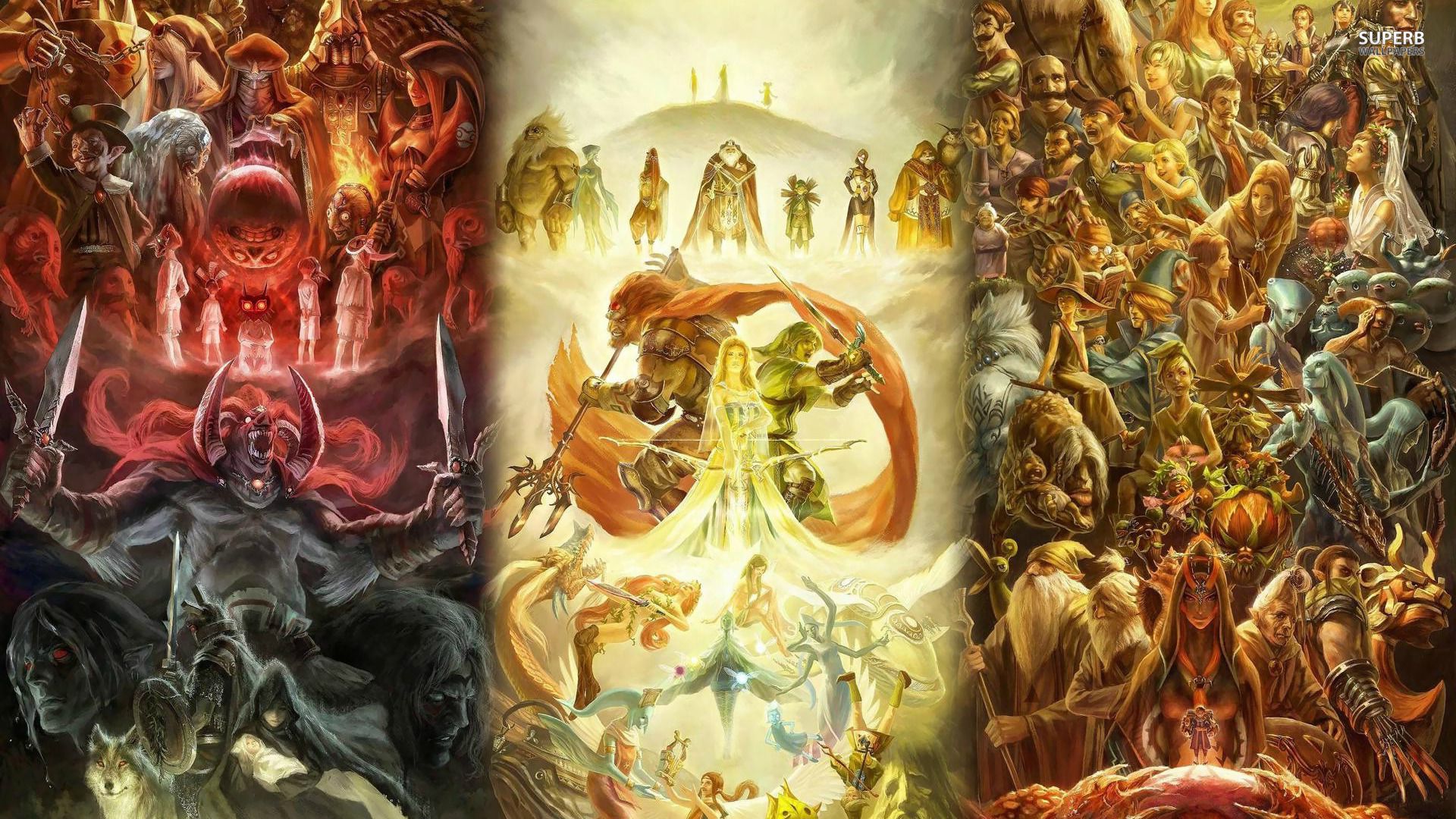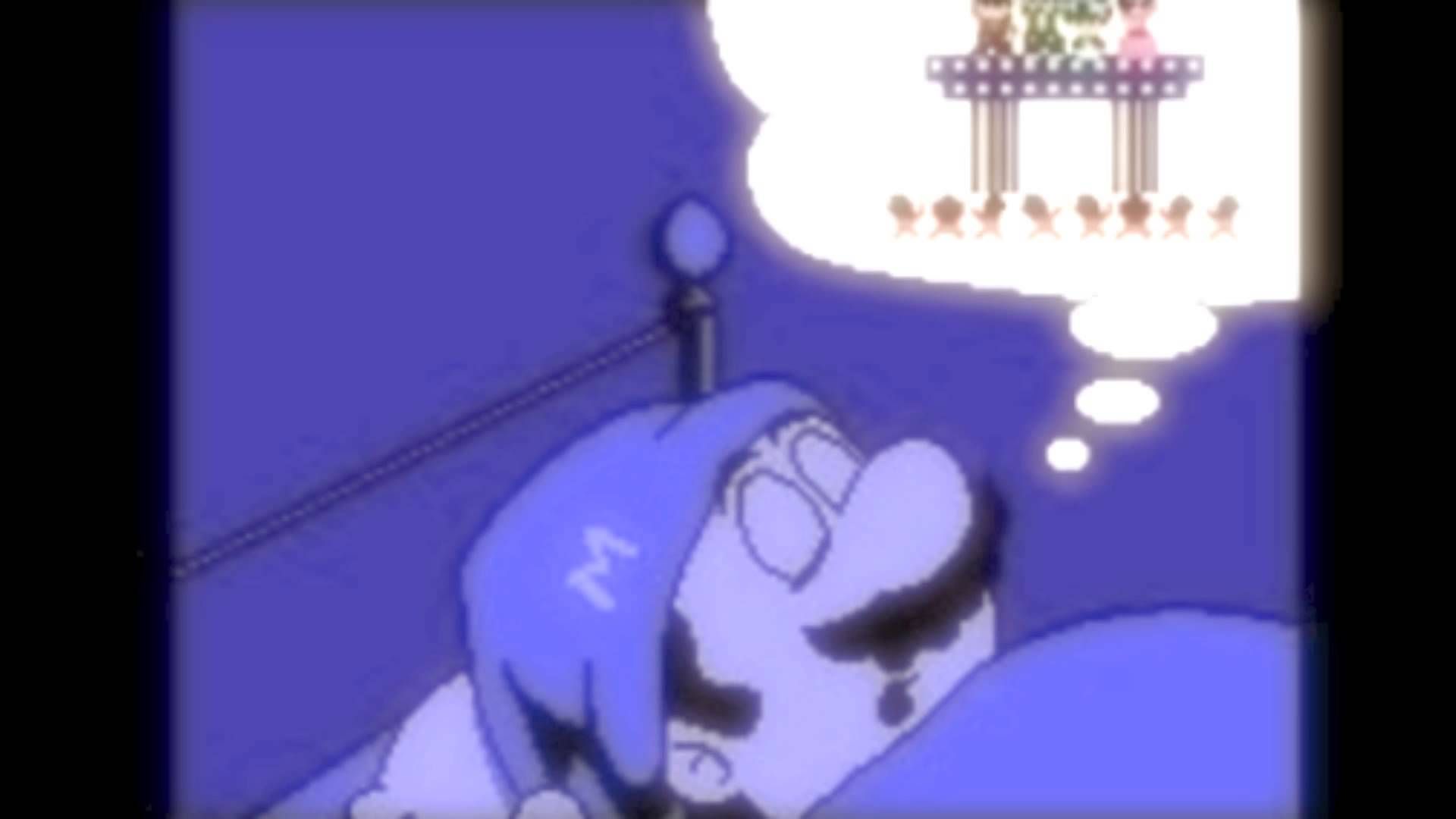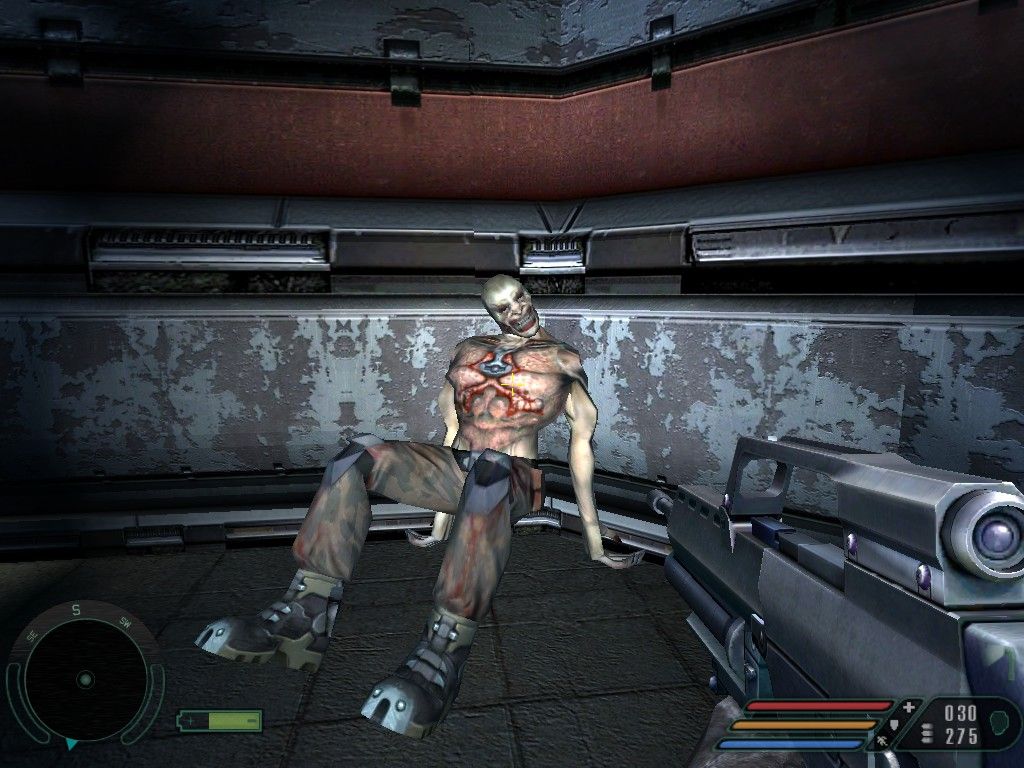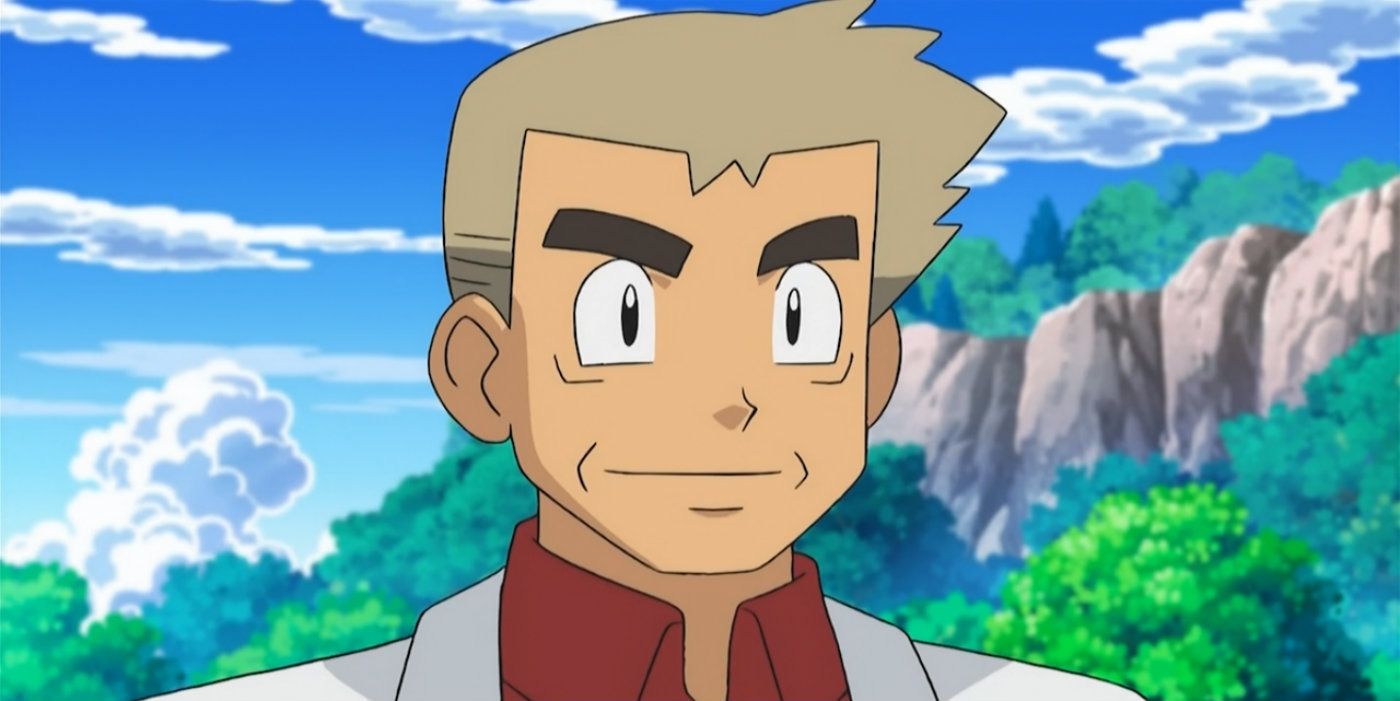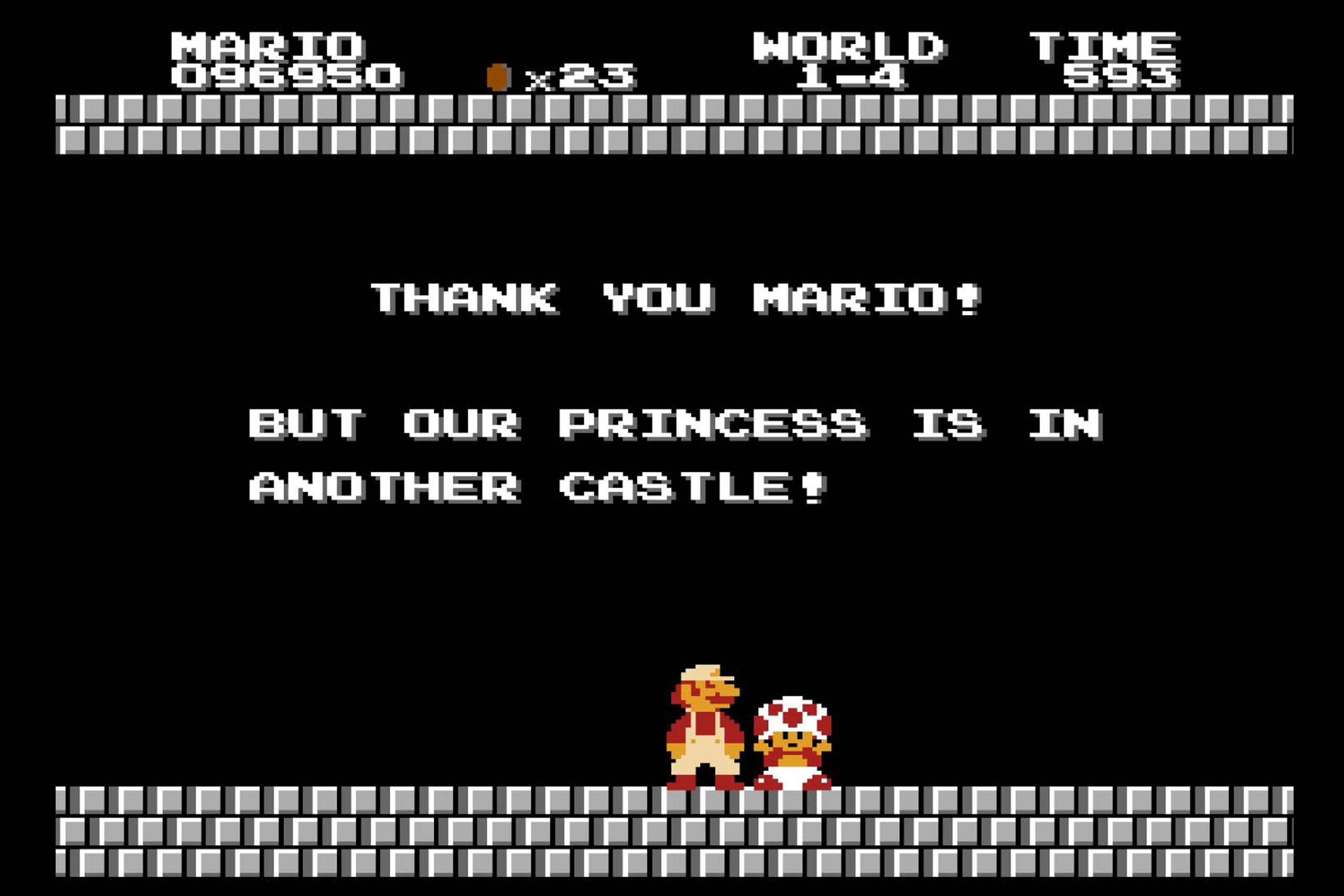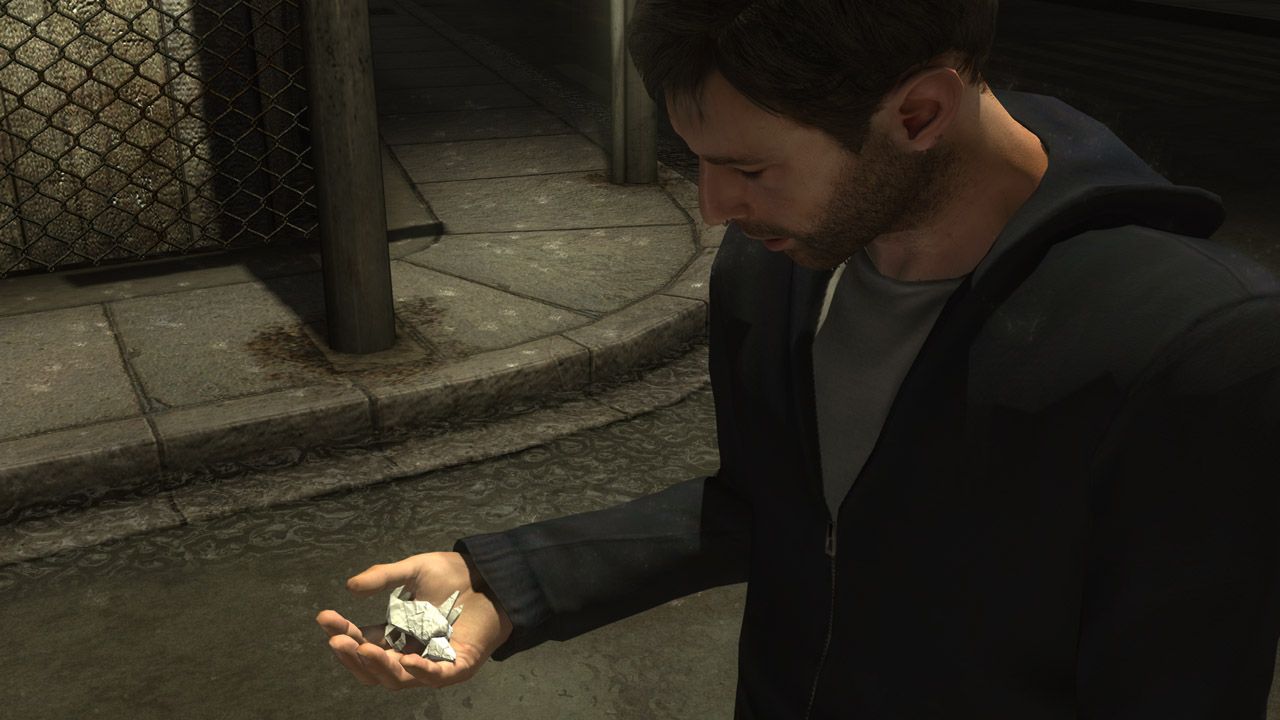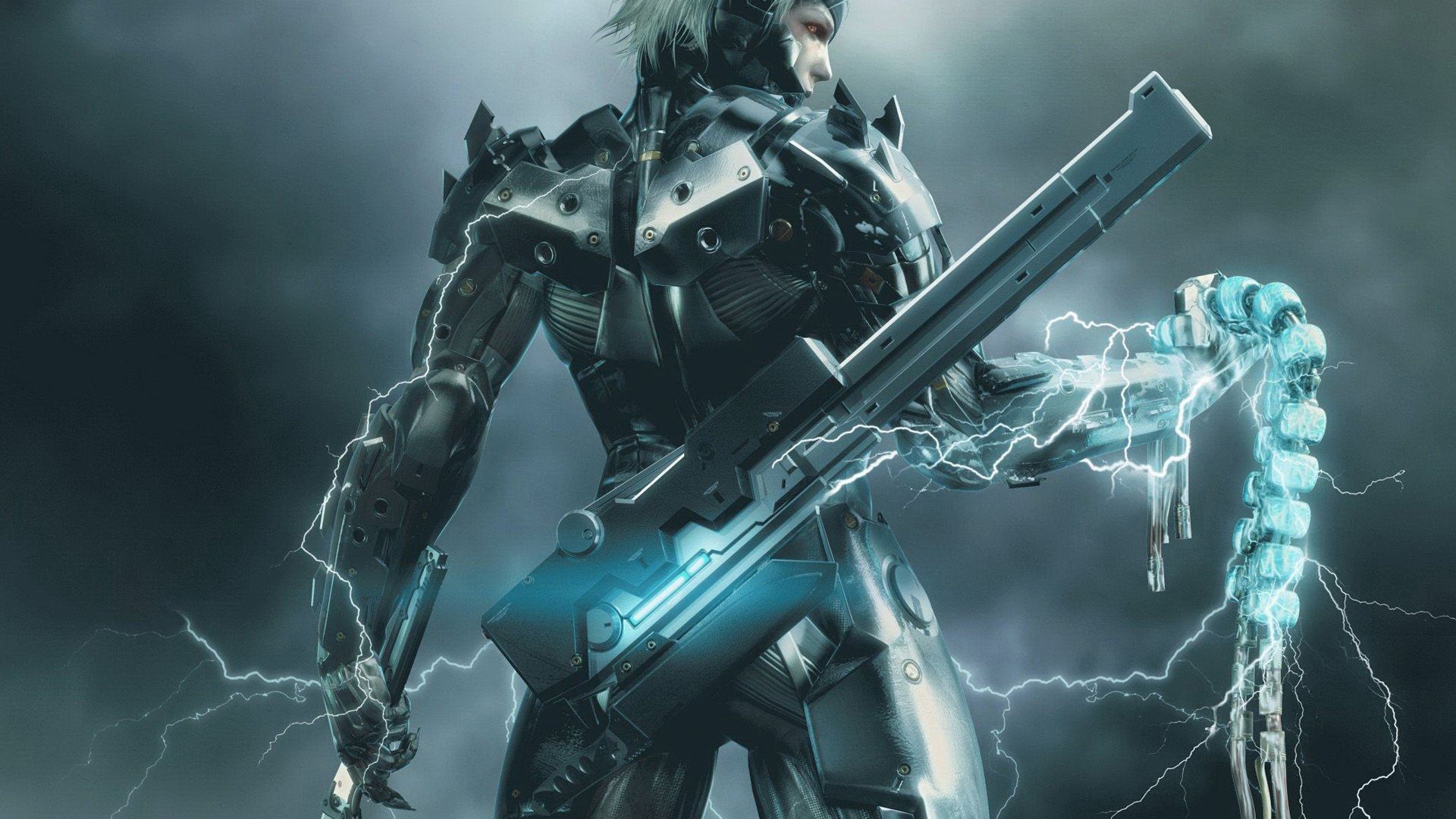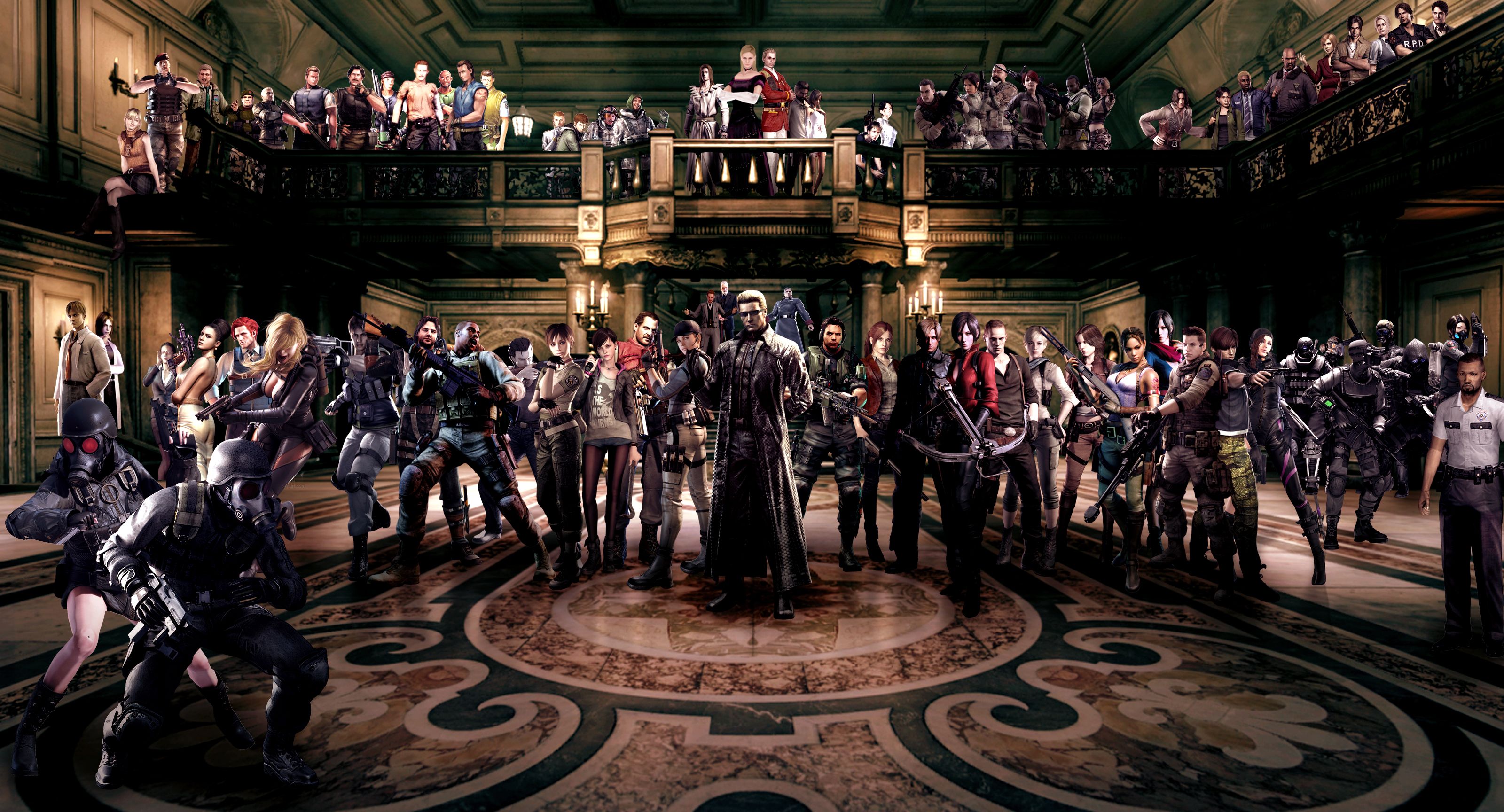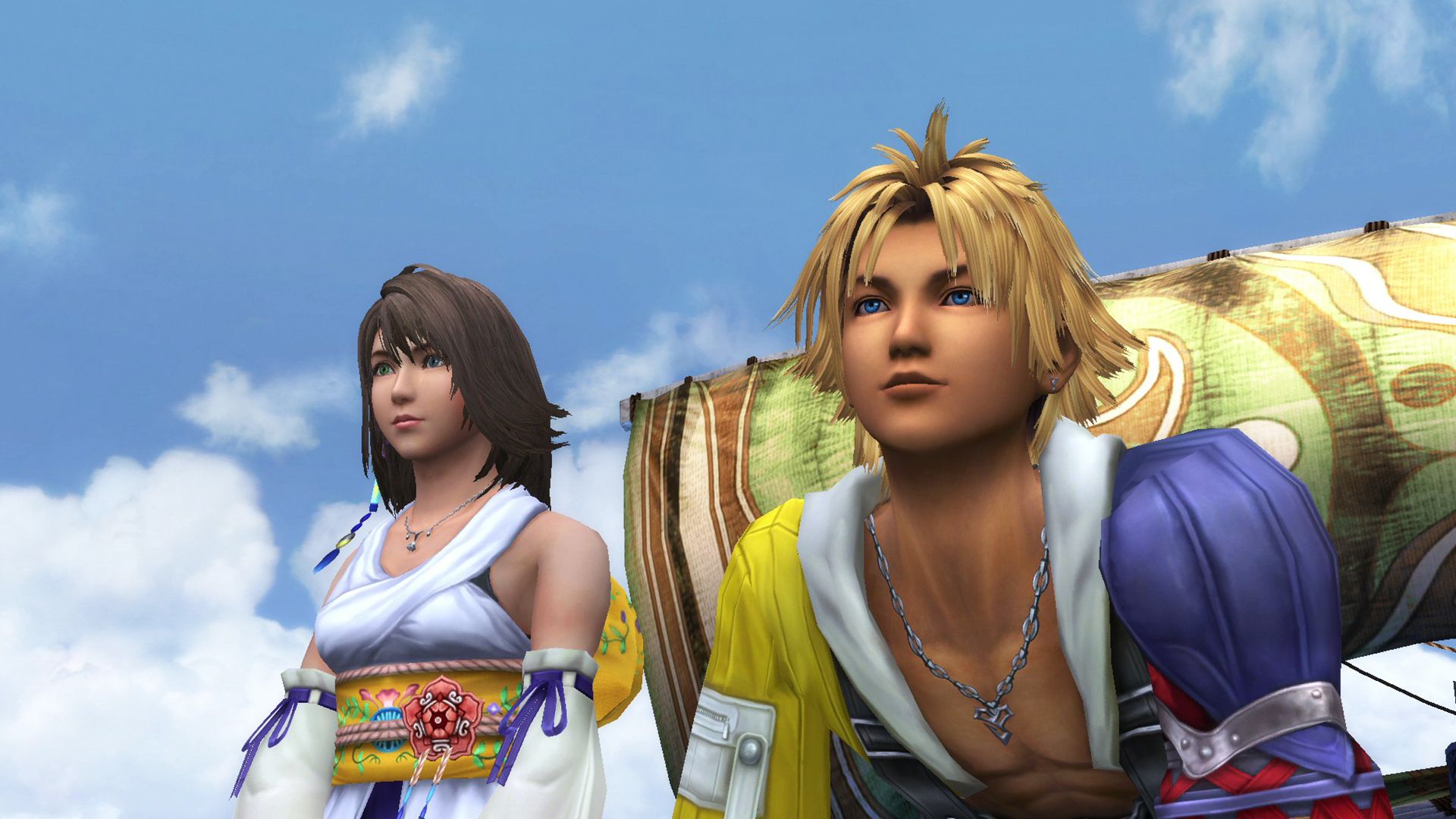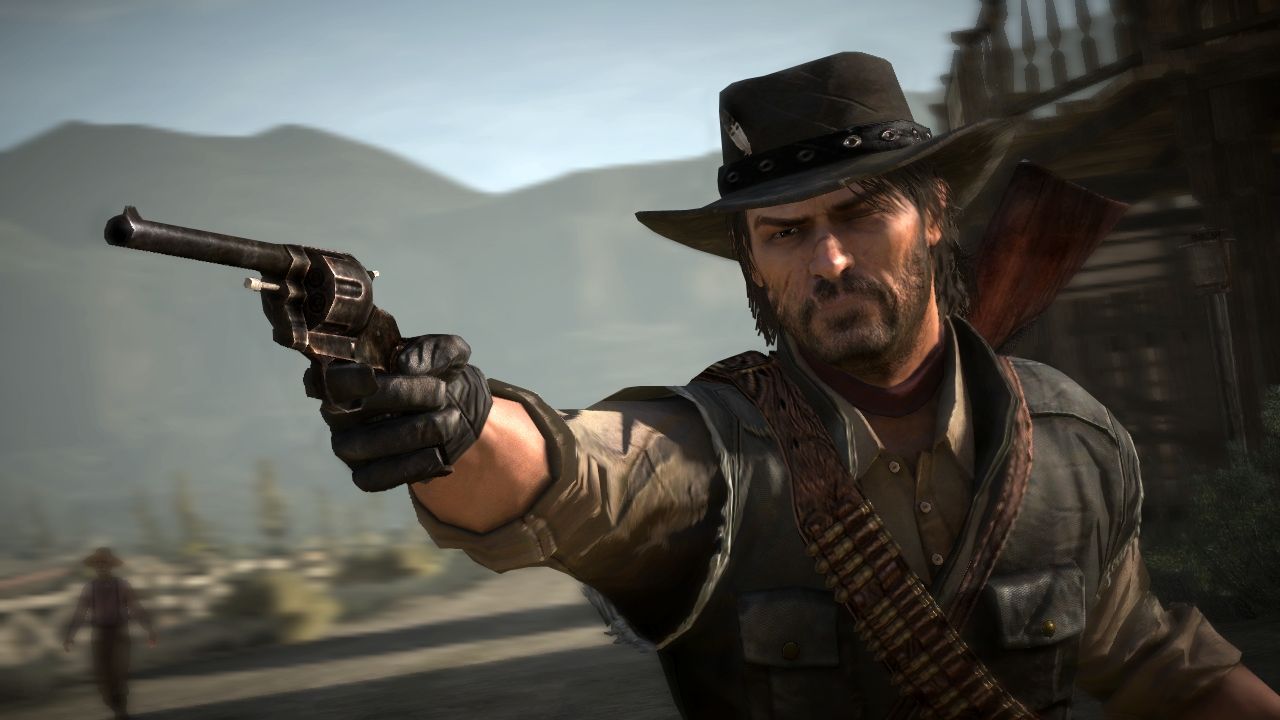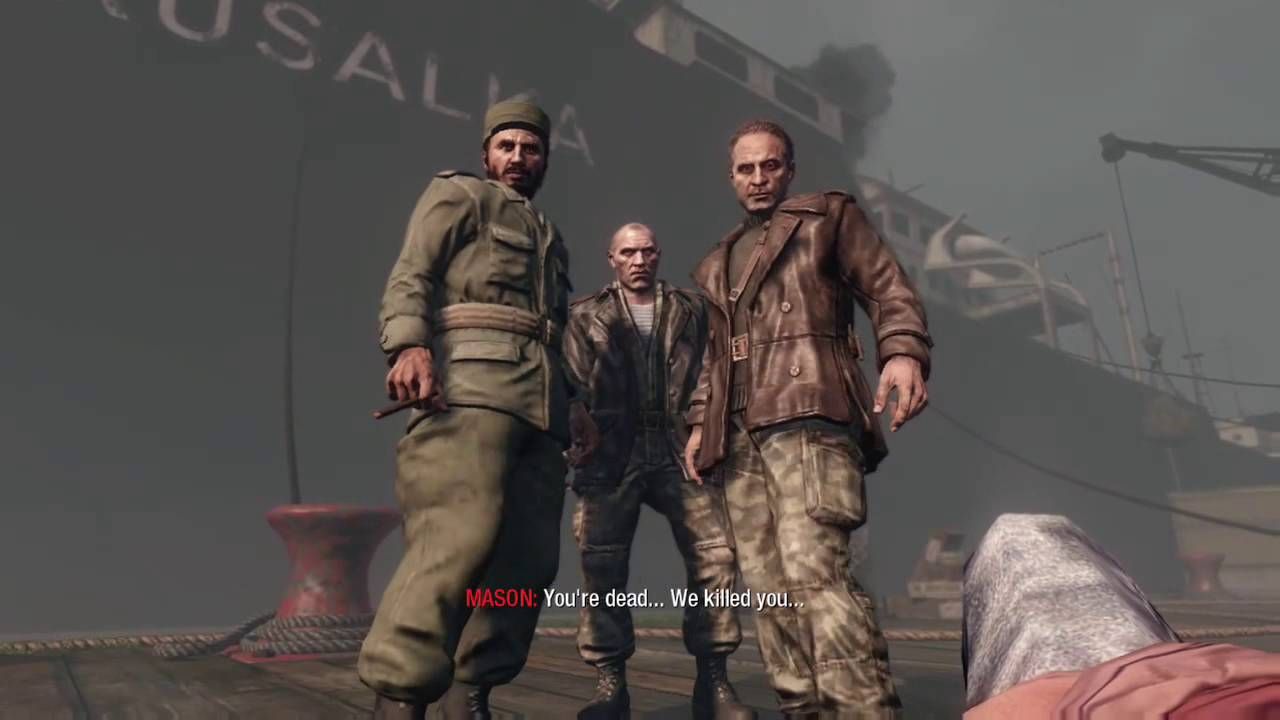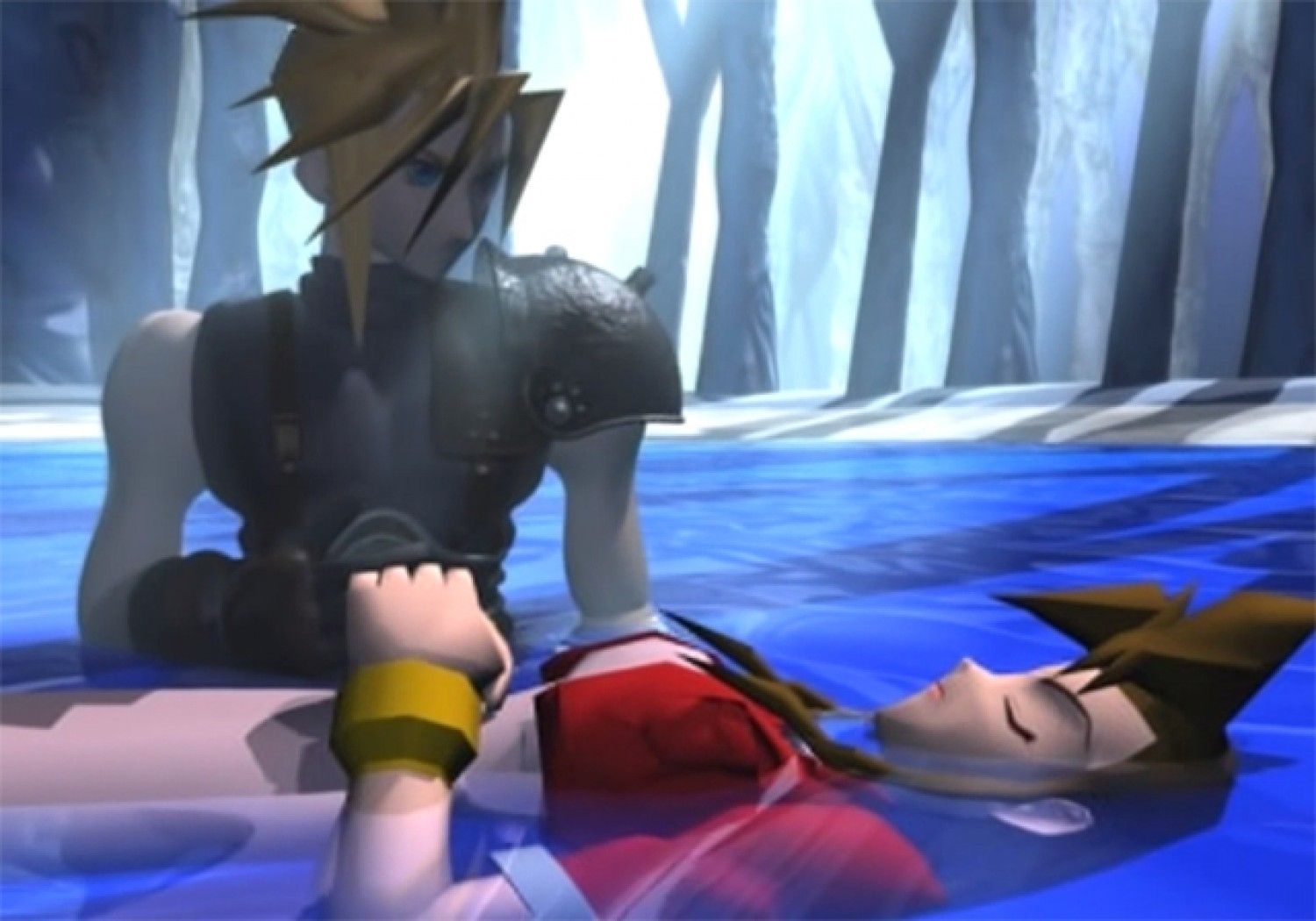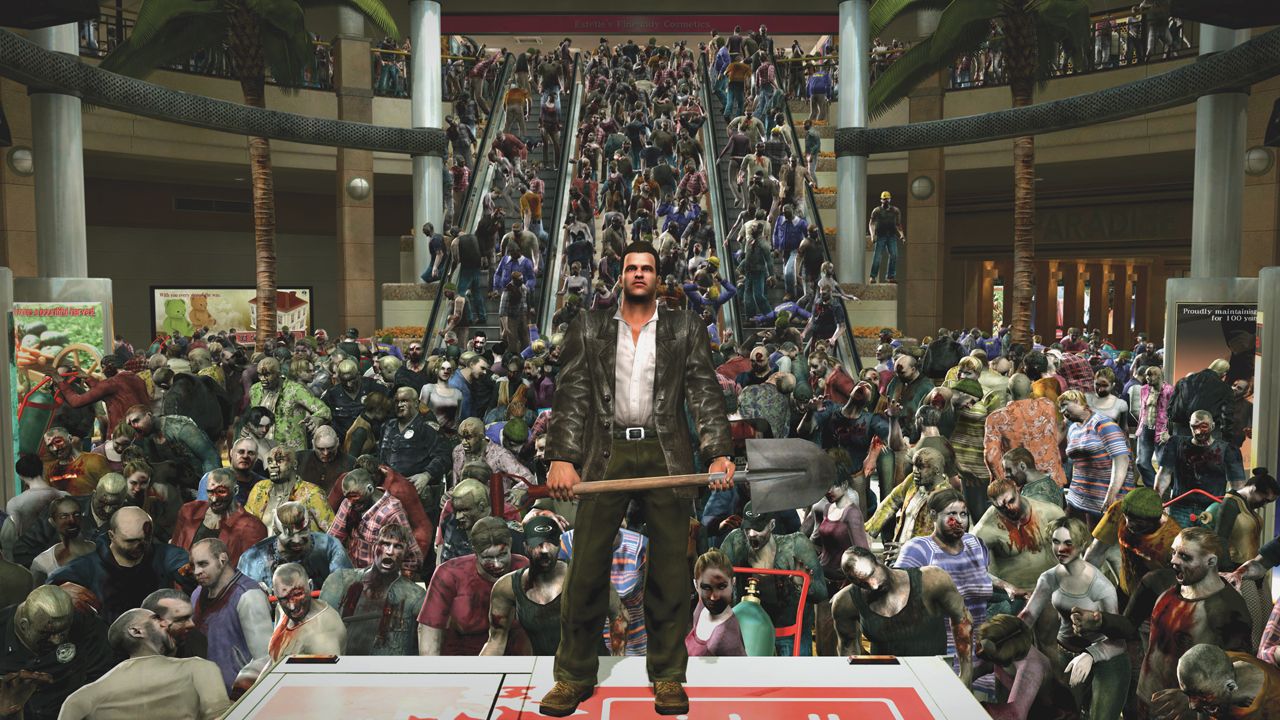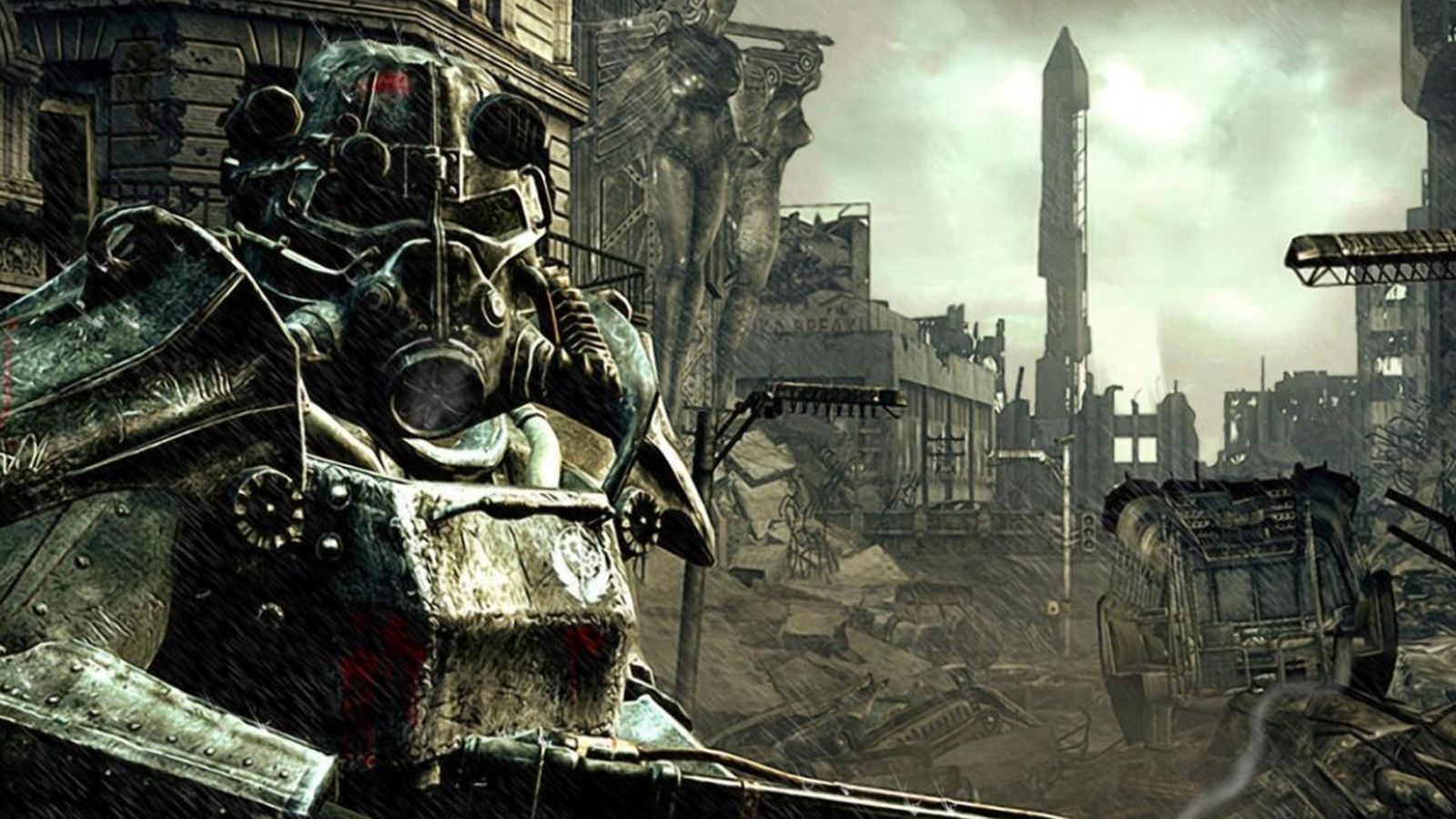In the decades since the emergence of the first coin-op video games, the interactivity of video game narratives have since evolved with the industry.
As a matter of fact, ever before graphics played a dominant role in defining video games, gamers were told of the daring story of a damsel in distress and her knight in mustachioed overalls armour. The original creation of Mario, originally known as Jumpman, was a graphic limitation. In fact, he wore a hat because realistic hair was impossible to digitally recreate. His moustache? Included to accentuate his nose. And his now immediately recognizable blue dungarees overalls were worn so that his arm movements were more noticeable. Still, despite these graphic limitations, the 1981 arcade platformer, Donkey Kong, had a better love story than Twilight.
But, sometimes, the narrative just falls short of imaginable. Much like films or television, video games fall in the same traps of churning out mass-produced hits rather than cultivating a immersive world that tells a tale as old as time.
Often, gamers suspend disbelief due to loyalty to a video game franchise. Memes may talk about the impossibility of vaulting through broken and torn down walls and doors within the Fallout universe, but they still persist, game after game.
However, there are those moments in video game lore that supersede this disbelief. Moments, in video games that are so implausible, even the most insane logic or fan theory cannot salvage the glaring plot holes digitally staring you in the face.
Here are 19 of those plot holes that completely ruined a video game.
19 Here’s Johnny!
Nuclear war within the Fallout universe has devastated the world. Society has crumbled and whatever has been left of humanity has been strung together in tattered civilizations and bands of brigades and roaming gangs. But despite this, there are those, the few brave, who venture out into the world to discover the last remnants of hope within the Fallout universe. That is, until they stumble across a barely feasible door that is inoperable because their lock-pick skill is too low.
Seriously, a child could vault over it. You could sneeze and the door would collapse. Yet somehow, whether held in place by sheer will of game developers or the implausibility of Fallout’s laws of physics, you cannot traverse through these doors without the right lockpick skill. Even a Fat Boy couldn’t huff and puff that door down.
18 No, I Am Your Mother!
The Gears of War franchise introduced us to the Locust Horde. A race of reptilian humanoids, the Locust were the main antagonists of the Gears of War series. Hidden within the depths Sera, the Locust Horde only emerged from its subterreanean regions during Emergence Day.
While it eventually emerges that the Locust Horde were a failed experiment brought on by Niles Samson’s research on several infected miners, Queen Myrrah’s presence and appearance is rather, inexplicably human. There are moments throughout Gears of War 3 in which Adam Fenix, Marcus Fenix’s father becomes emotive when she dies. This implies that they once had a relationship, and many fans of the series has since speculated that Queen Myrrah is Marcus’ mother. But the game and its developer Epic Games never really explains it, leaving many gamers baffled and confused.
17 Metroid’s Groundhog Day
Since 31-year run, Metroid has spawned many noteworthy hits in its expansive library including the Metroid Prime trilogy and Super Metroid. But if you delve into the lore of the Metroid universe and put the games within their chronological order, you’ll soon realize that there’s been a glaring plot hole that continuously pops up. Samus has killed the “last” Metroid more than once.
While 1994’s Super Metroid explains that Samus has killed the last remaining Metroids through the destruction of the planet Zebes, in Metroid Prime, there are log entries that indicate the destruction of Zebes, even though this doesn’t happen in the correct chronological order. And in the Super Metroid comic, Samus is surprised to discover a live Metroid, though this takes place long before Super Metroid. It’s enough to make anyone’s head explode.
16 Keeping Up With The Hylians
Metroid isn’t the only video game franchise to have fallen prey to a rather complex and convoluted backstory and in-universe mythology.
Enter The Legend of Zelda. Originally released around the same time as Metroid, The Legend of Zelda now boasts over 15 official game titles with many several spin-offs, though we won’t get into those, will we Philips CD-i...? Still, Zelda’s oft-derided timeline confuses even those most adherent fans of the series. Perhaps this is because the Zelda universe falls within three different timelines–the Adult, Child, and Downfall timelines. Each of the official game titles under the Legend of Zelda falls within or several of these three realities. The Ocarina of Time for example falls within both the Adult and Child timelines, while many of the classic 8-bit and 16-bit era Zelda games operated within the Downfall reality.
It’s confusing continuity has been the topic of debate of many schoolyard arguments and may continue to be so as new Zelda games get released.
15 It Was All A Dream
A famous film and TV trope is the “All Just a Dream” reality. A conclusive twist that reveals most of the previous events within a film or television episode occured within some sort of dreamstate. Films like American Psycho and Inception are framed within this certain trope. And so are several video games, most notably, Super Mario Bros. 2.
To be perfectly honest, the game itself never felt like a real Mario game. Feeling more like a prototype to the cheerfulness of the original Super Mario Bros., or its rather dark and sinister counterpart, Super Mario Bros. 2 always felt like it was deceptively hiding something. And sure enough, as the game ends, gamers discover that all the implausibilities that occurred in Super Mario Bros. 2 all happened in our protagonist’s little head. Many controllers were broken out of frustration that sad and bleak day.
14 Far Cry’s X-Files
If the television series Lost ever wanted to create a video game, they could have easily created Far Cry.
Trapped in on a mysterious archipelago, ex-special forces soldier Jack Carver, now boat-runner, is recruited by journalist Valerie Constantine to escort her to an uncharted island in Micronesia so she may discovered why lurks beneath the surface of this mysterious atoll. While the game starts off seemingly plausible enough, the game soon delves into the bizarre.
While the genetically altered beasts can be explained away neatly, the ending, not so much. When Jack is infected by the same genetic disease that caused the beasts, its creator Dr. Krieger reveals there is no cure for the mutagen shortly before he passes away. Yet, when Jack and Val escape from the clutches of the island’s volcanic erupt, the are cured of the mutagen as they sail away into the sunset...
13 Professor Oak’s Inexplainable Amnesia
While Pokémon GO may have resurrected the love we have for this seemingly family-friendly franchise, at one point, during its original run in the late 1990s, many gamers were left confused by one obvious plot hole–Professor Oak forgetting his grandson’s name.
When you first inserted the Pokémon Red and Blue cartridge in the original Game Boy, Professor Oak promotes you for your name and gender. This makes sense as neither of you are related to each other and you couldn’t expect a man of science to know every child’s name in his village, let alone their gender. But what’s really odd is when he forgets his own grandson’s name and requires a prompt from you to remind of it. What’s even worse is he forgets his grandson’s name with ever iteration of the Pokémon title.
It must be all the poké-fumes he’s inhaling in his labratory.
12 The Knightless Kingdom
From Arthur and his knights of the Round Table to the rule of Gondor under the banner of countless kings and stewards, every kingdom has presented itself as a champion of peace and civility. And more often than not, this peace and civility is protected and enforced by men (and women) who have pledged their life and undying loyalty to the service of the king and its kingdom. That is, all except one, the Mushroom Kingdom.
During its 36 year run as one of the most recognizable franchises of any and all video games, not once is it ever explained why the Mushroom Kingdom has little to no guards defending it or protecting the heir to the throne, Princess Peach. Its only defender is a blue dungarees moustache-sporting plumber who seems to always travel to the wrong castle to save the princess.
11 Blackout Evidence
While many will point to the terrible voice acting that occurred during Heavy Rain as the flagrant plot hole which completely ruined the video game, because, let’s be honest, it was downright criminal, it's not the worst thing here.
No, the real plot hole(s) that ruined Heavy Rain is perhaps the incriminating evidence Ethan tends to wake up to after his episodic blackouts. While the blackouts could be explained as a symptom of the trauma he’s experienced, they do not explain the clues left behind on his persons by the game’s Origami Killer. Does Ethan suffer from “Origami Sleep Making” syndrome? Or does the Origami Killer simply follow Ethan around, waiting until he passes out to pounce on him with evidence? While we may never know the reason, it’s probably best we never know. At this point, ignorance is bliss.
10 You Called Down The Thunder...
The characters of Metal Gear Solid could easily populate an asylum for the insanely weird and deranged. The main characters themselves, Big Boss and Solid Snake are as convoluted as they come, but their supporting cast are just as bizarre. Quiet for example, Big Boss’ associate in Metal Gear Solid 5, is dressed in a skimpy bikini-clad outfit because, get this... she breathes through her skin. While there’s a plausible explanation to her syndrome (parasites, duh!) its still embarrassingly glaring.
But what’s even worse is Raiden. The ninja replacement to Solid Snake in Metal Gear Solid 2: Sons of Liberty, can channel lightning, despite being armless and equipped only with a foot-mounted sword. What’s even worse is that this cyborg “rain transformed” loses all this power-up in his standalone game–Metal Gear Rising. I guess Raiden realized he wasn’t in a Mortal Kombat video game.
9 Where In The World Is Alex Wesker
Resident Evil may just be the Saw of video game franchises. Much like the original Saw film, the original Resident Evil game was plausible enough to be believable. A pair of cops are being terrorized by unimaginable horrors while trying to escape a haunted mansion. No convoluted time travel paradoxes to be explained away or anything like that. A simple, survival-horror shoot-em-up franchise.
The sequel follows the same formula as the original, leading to its success. Then we get to Resident Evil 3. And this is where it all starts to fall apart, continuity and plausibility. Between RE3 and Resident Evil 4, 10 games are released, all convoluting the timelines and initiating the creating of two alternate timelines. Wasn't the original game a simple zombie shoot-em-up? Each of these inclusions simply add a layer of complexity to a once-great franchise, ruining the games.
8 The Kingdom Hearts Theory
John Negroni is perhaps most famous for compiling what is now known as the Pixar Theory, a hypothesis (though Disney has now confirmed this) that all the Pixar movies are connected.
Fans of the series has presented the Kingdom Hearts Theory as a parallel to the Pixar Theory, explaining that all the Disney worlds were once connected. In Kingdom Hearts: Birth by Sleep, Kairi’s grandmother explains the connection between all the worlds. But when darkness crept into the universe, the light that connected each planet diminished, separating the worlds. Another fan theory goes even further to explain that each world has a parallel location to our Earth, meaning both worlds are somehow intertwined.
Perhaps this is why Kingdom Hearts is objectively known as one of the single most confusing video game franchises in the history of video games.
7 Laugh Away Your Nightmares
If Super Mario Bros. 2 is infamous for employing the “All Just a Dream” trope, then Final Fantasy X delivers one of the most bad plot devices since Mario awoke from his oddish interactive dreamscape.
The difference between Tidus and Mario is that despite the embarrassingly rigid laughing cutscene, you start to fall for the budding romance between Tidus and Yuna, Subconsciously, you encourage it, as the subtle romantic tones reach a climatic sequence towards the end of the game. And then all that love-laced subplot is shattered to irrevocable tiny pieces by Tidus realizing it was all just a dream. If ever gamers felt like a betrayal from Square Enix, it was this horribly used plot device. Or maybe it was Aeris’ death (though we’ll get to that later).
6 Where’s My Wife?!
Capcom’s Bionic Commando is an action-adventure game that puts you firmly in the boots of Major Nathan “RAD” Spencer, a tough-as-nails protagonist armed with a bionic arm. While the series is most notably known for the Nathan’s inability to jump, instead relying on his bionic arm to grapple and traverse the map, it should have been known for a much rather bizarre plot twist.
The 2009 release of Bionic Commando devises a plot in which Nathan is tasked with eliminating a terrorist organization with the promise of reuniting with his long-lost wife. In a rather Machiavellian twist, the ending of the game reveals that Nathan’s wife has been with him all along, embodied within his bionic arm. Yes, the same bionic arm he has used throughout the entire game to crush the skulls of his enemies and grab onto trees. This plot hole may explain why it was a commercial failure.
5 Like Father, Like Son
When Red Dead Redemption was released, it was it met with critical acclaim by both fans and critics alike. It was lauded as a truly immersive gaming experience, winning numerous gaming awards and creating one of the most memorable video game characters in 2010, John Marston.
While John Marston mets his untimely demise in the end of Red Dead Redemption (no matter how proficient you are at Dead Eye), his son Jack eventually takes on the mantle of his father and avenges of his death. But how did Jack become so proficient as a gunslinger, reminiscent of his father, a mere three years after his death? Up until the end of Red Dead, Jack was a simple farmhand. And despite not receiving any training in the ways of the cowboy, Jack mows down villains with ease and proficiency. Perhaps Dead Eye is an inherent genetic Marston trait.
4 Waterboarding To Forget
While most Call of Duty games up until the Black Ops franchise emerged focused on traditional warfare methodology, Black Ops created a layer of complexity by introducing psychological warfare.
In fact, the majority of the single-player campaign revolves around interrogation sequences in which CIA operative Alex Mason attempts to recall his memories of a vague numbers station, in order to stop the attack of sleeper agents on American soil. And while the interrogation scenes are reasonable plot devices to progress the campaign forward, there are inexplicable moments through those sequences that no can seem to explain. Take the two pilots of the SR-71 Blackbird flashback for example. Alex Mason never meets these pilots and yet he’s remembering flashbacks of a battle in which both are involved as overwatch for CIA operative Hudson and co. This is why you never waterboard for information.
3 Wake Me Up Inside
The death of Aerith at the hands of Sephiroth is a sequence charged with emotions. The completion of it all, from Aerith peacefully kneeling to Sephiroth swooping from above like a hungry falcon descending on his prey. But the true catharsis during this sequence is the soft piano melody that finalizes her demise.
This in itself is one of Final Fantasy VII’s biggest and most distressing plot holes. For one, the Revive Materia should have been used to revive her, as its purpose is to “restore life and HP to target.” This means that her death could have been avoidable. The second is perhaps the most glaring plot hole itself. In the instruction booklet that comes with the game, Aerith is standing in front of the Highwind, though she never gets to see it in person due to her death, leading many fans to believe that she shouldn’t have died in the first place.
2 Zombie Attack!
Most fans of films and video games are pretty forgiving when it comes to falsifying logic in their favourite franchises. But despite this, there are several universal truths everyone agrees with. Take for example the fatality of a zombie bite. From the Walking Dead to 28 Days Later, its is universally recognized that the moment a flesh-hungry zombie infects you, it is game over, you do not get to “Pass GO” and you do not collect your $200.
Perhaps then we must chalk this down to gameplay mechanics, but zombie video games do not seem to adhere to that same principle. Protagonists, from Resident Evil to Dead Rising, all seem to be immune to the one-bite syndrome plaguing over mediums of the genre. Even in the case of Dead Rising 2, Chuck Greene is in pursuit of the Zombrex medicine for his zombie-bitten daughter, yet can shrug off all the bites he gets.
1 I Don’t Want To Set The World On Fire
If the inability to pass over broken doors and walls in Fallout, can be chalked down to a developer’s preference, then the egregious events of the final Fallout 3 quest is a complete oversight.
In the final mission Take it Back, the Lone Wanderer is tasked with activating the purifier in the Capital Wasteland. While this is good for all of humanity, the only problem is, the surrounded area around the purifier is irradated with life-threatening radiation, making this mission an obvious death sentence. Despite the fact that three of your companions are immune to radiation (Fawkes, Charon, and Sergeant RL-3), none are able to complete this mission for you much to the chagrin of gamers. So many fans protested the end result that Bethesda actually had to rectify this plot hole via their Brotherhood of Steel DLC.

